Since it’s fresh in my mind, I’m going to regale you with a tale of what field class means here at NUIG. [I’ll get to my other classes and how I’ve been at a later date, but this is the most exciting thing I did this week and I didn’t quite know how to fit it into my blog so I’ll just call it an installment of the, “Adventures of the Fake Archaeologist.”]
On Thursday I took a day long trip with my Archaeology of Mythical Ireland class…. and the little girl inside of me who secretly wanted to become an archaeologist ever since her six-year-old eyes saw Jurassic Park grace the small screen was buzzing with excitement the whole two hours there. (Granted, what we were looking at was man-made and not courtesy of the dinos, but it still counts!) In total we visited three different ancient sites at Knocknarea in county Sligo, which is north up the coast from Galway.
Site 1: The bus stopped on the side of the road, and our lecturer of the day/Swedish Indiana Jones popped his head inside and barked cheerfully, “You’ll have to hop this fence,” which we did after a few nervous chuckles, and then we were off, dodging cowpies and thistles. Our fearless commander led us up what was essentially a riverbed sans water, still nice and juicy after Storm Ali which had blown through the day before. One girl nearly got claimed by the mud but we prevailed and crested a gentle knoll only to be greeted by two unimpressed dairy cows.
Once we assembled there with a spectacular panoramic view of surrounding Sligo, our instructor informed us that we were standing on top of a cairn from 3500 BC. The whole man-made structure has been covered by thick green grass and melted into the landscape– reclaimed by the bovines. As our lecturer spoke of who was allegedly buried beneath us I remarked upon how just how relaxing the sound of cows chewing can be. I wanted to commune with them a bit longer but we were off to the other sites.
Site 2: I’m going to skip this site because I’m stretching the heck out of my word count.
Site 3: Our last stop of the day was Queen Medb’s funeral cairn (pronounced Meave for all you crazies who don’t make a ‘v’ sound by putting d and b together) which sits on top of an outcropping in the center of the Knocknarea landscape. It juts out like a thumb in the center of this huge, mountainous amphitheater. Legend would have it that Queen Medb the ancient warrior queen was buried here after she was killed via cheese projectile by her angry nephew. Moment to appreciate that.
The record is contested and a bit fuzzy, but archaeological evidence confirms that it was used as a place for feasts and rituals and the like
Looking at the massive hill, my naïve self did not suspect that we were going to the summit, however the weather was holding up and our instructor led us on—or up rather. It turned out to be a short hike, actually, with just a wee bit of elevation gain. Yeah. I’ll leave out the sweaty details, but we earned that summit. At the top, there was yet another more spectacular panorama because it’s the tallest point for miles around. You could look out at the Atlantic and wonder how ancient peoples thought about living on the edge of the (then) known world. What I loved most about the spot was how very little I could hear there. Just wind, and the way quietude fills in the spaces of your ears like comforting cotton. Looking back on it, another time I remember hearing that sound is in a field somewhere outside of Walla Walla.
Anyhoo, we walked back down to find a little crepery at “base camp.” I was going to buy a reward crepe when our instructors informed us that it was time to go right as the very first raindrops of the day began to fall. So we piled back onto the sixteen-seater to a mixed aroma of crepes and disappointment.
I came into this course with a paltry knowledge of Celtic mythology but I’m already developing a deep appreciation for this type of cultural memory. I spent two years as a history major, and the methodology of basing one’s historical argument in verifiable written sources was drilled into me from the start. Support. Cite. Analyze. Confirm.
Now in dealing with the distant Neolithic and mythical past of Ireland where fact and fiction combine in a tapestry of heritage, I am faced with the maddening reality that written sources simply do not exist. What I’m left to do is read the landscape. And while that is maddening it can also be liberating. All too often in academia, we rely on a very strict idea of what it means to be literate. We worship words and books—lose ourselves in text—rightly so, and yet we sometimes forget that the land around us can be interpreted as a source as well. It holds stories for those who would look and listen. As I’m trying to find my home here I cannot think of a better avenue through which to access and understand Ireland, its people, and its history.

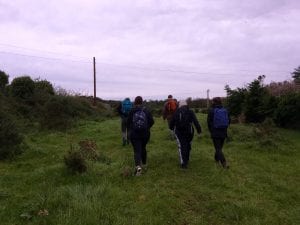
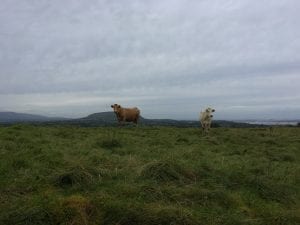
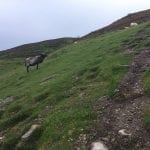
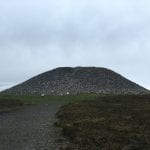
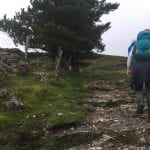
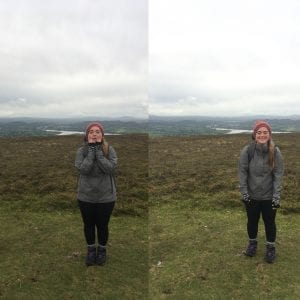
Fascinating. A very interesting look/description of your rural Ireland.